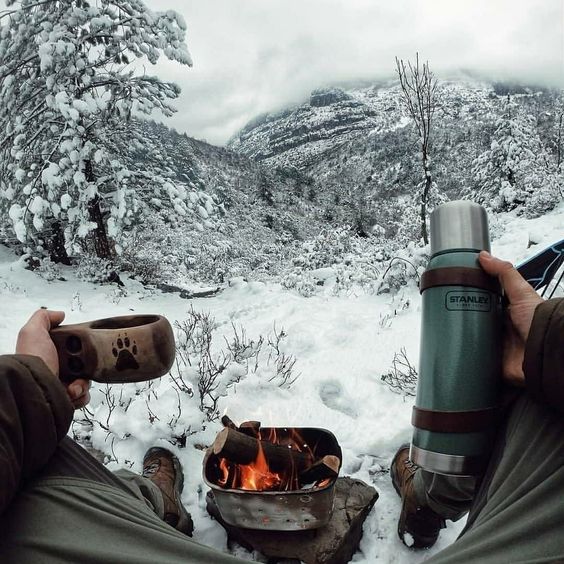 Optimize Your Sleeping Bag
Optimize Your Sleeping Bag
The quickest way is to invest in a warm down sleeping bag. Comparing the comfort temperature and extreme temperature of sleeping bags and selecting one that fits your body length are key factors for a good night’s sleep.
A quick reminder! The “extreme temperature” indicated on the sleeping bag is usually for reference only, as factors such as perceived temperature and humidity need to be considered. However, the warmer the sleeping bag, the heavier it tends to be. Balancing “lightweight” and “warmth” is essential.
But if your existing sleeping bag isn’t warm enough, there are methods to overcome it.
1. Adding a sleeping bag liner can increase warmth and also maintain the cleanliness of the down sleeping bag.
2. Alternatively, placing a hot water bottle inside the sleeping bag for warmth is also an option, just remember not to use a thermos flask for hot water.
3. Don’t climb into the sleeping bag immediately after opening it. Let it sit for a while until the air in the down compartments is full and expanded, as this will provide better thermal insulation.
4. The sleeping bag zipper has left and right sides. If you and your partner purchase the same style with different zipper directions, you can zip two single sleeping bags together to transform them into a double sleeping bag! With the added body warmth, a good night’s sleep is guaranteed! But this requires finding a companion.
Body heat is a good thing, don’t resist it…
Sleeping Tips
1. Remember to wear a warm hat, and don’t cover your mouth and nose with the sleeping bag; instead, use a breathable magic scarf. Warm air exhaled from your mouth and nose can cause the sleeping bag to become damp, thereby reducing its insulation properties.
2. Keep your feet and socks dry. If necessary, put on an extra pair of thick socks or even empty your backpack and stuff your feet inside. Another method is to stick warm pads to the soles of your feet, then wear a pair of wool socks over them, which works very well!
First, Optimize Your Sleeping Bag, then into the backpack.
3. Use a sleeping pad to insulate your back from contact with the ground, as most of the cold air comes from the ground. The thicker the bottom of the tent is laid, the better the insulation effect will be. Lay all the unused clothes, waterproof bags, backpack covers, garbage bags, etc., from your backpack on the bottom! (In campsites with vegetation, you can also lay a large amount of leaves and grass under the ground cloth)
Using a raised camping cot seems to be the most effective insulation from the ground, but even a lightweight camping cot weighs three times as much as a general lightweight sleeping pad.
4. Ensure ventilation between the inside and outside of the tent, even if it’s freezing outside! Poorly designed tents that lack ventilation may cause condensation or frost due to excessive temperature differences between the inside and outside.
Carefully Choose Your Campsite
This is a decision that must be made before setting up camp. Factors such as wind direction, soil moisture, and the range of sunlight after dawn can all affect the temperature and comfort level after going to bed at night.
If camping in a place where it’s impossible to avoid the wind, use a tarp to set up a barrier next to the tent!



